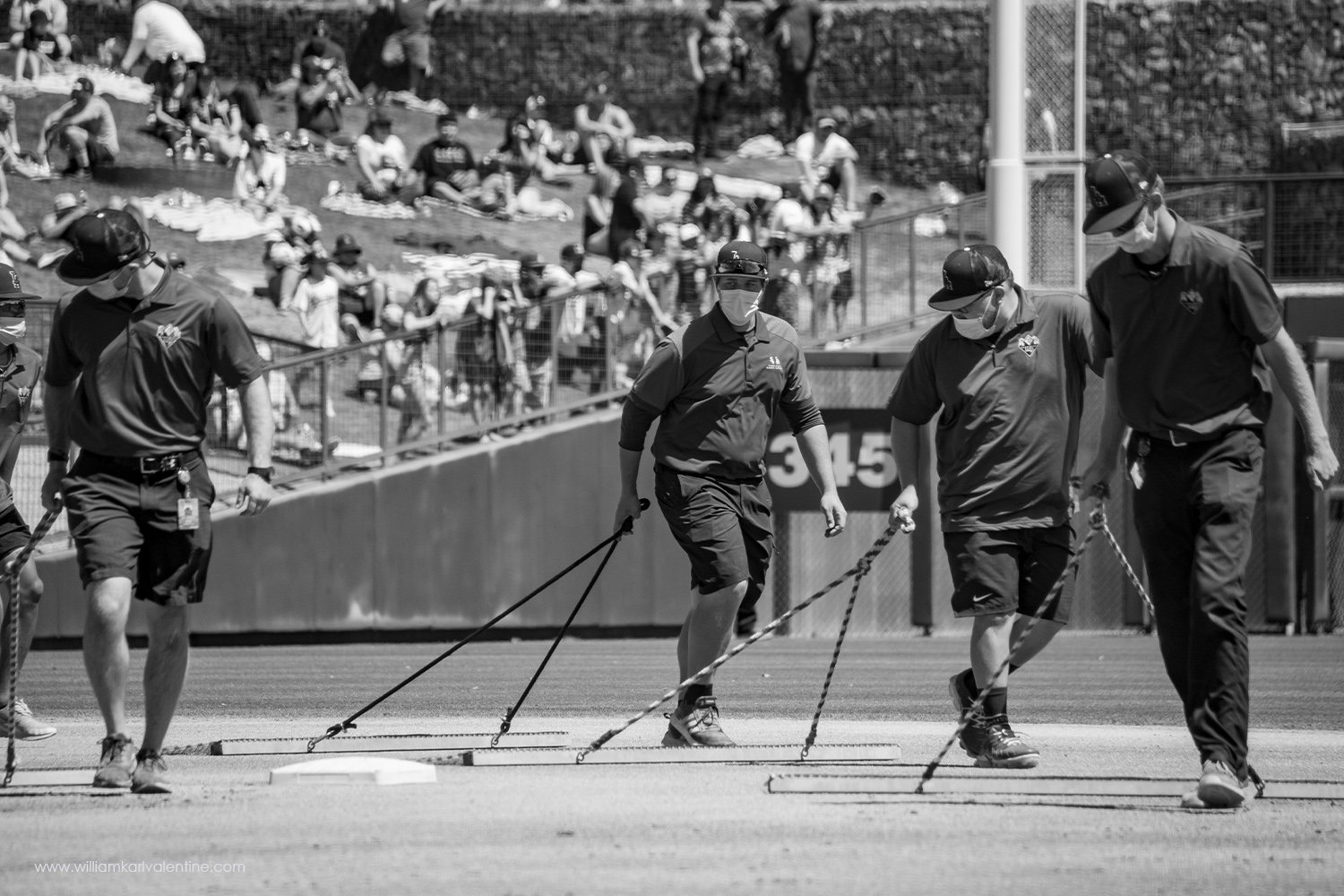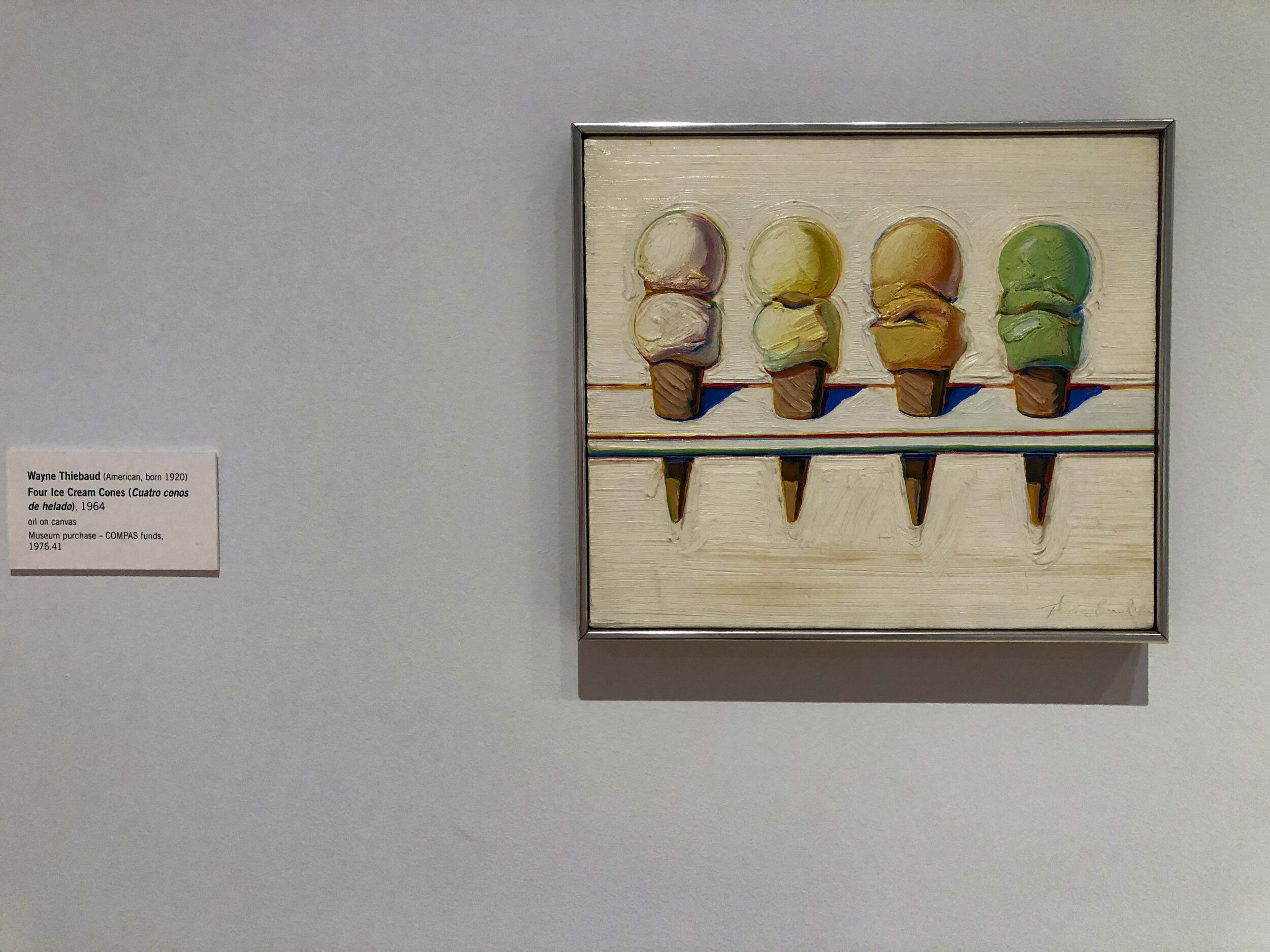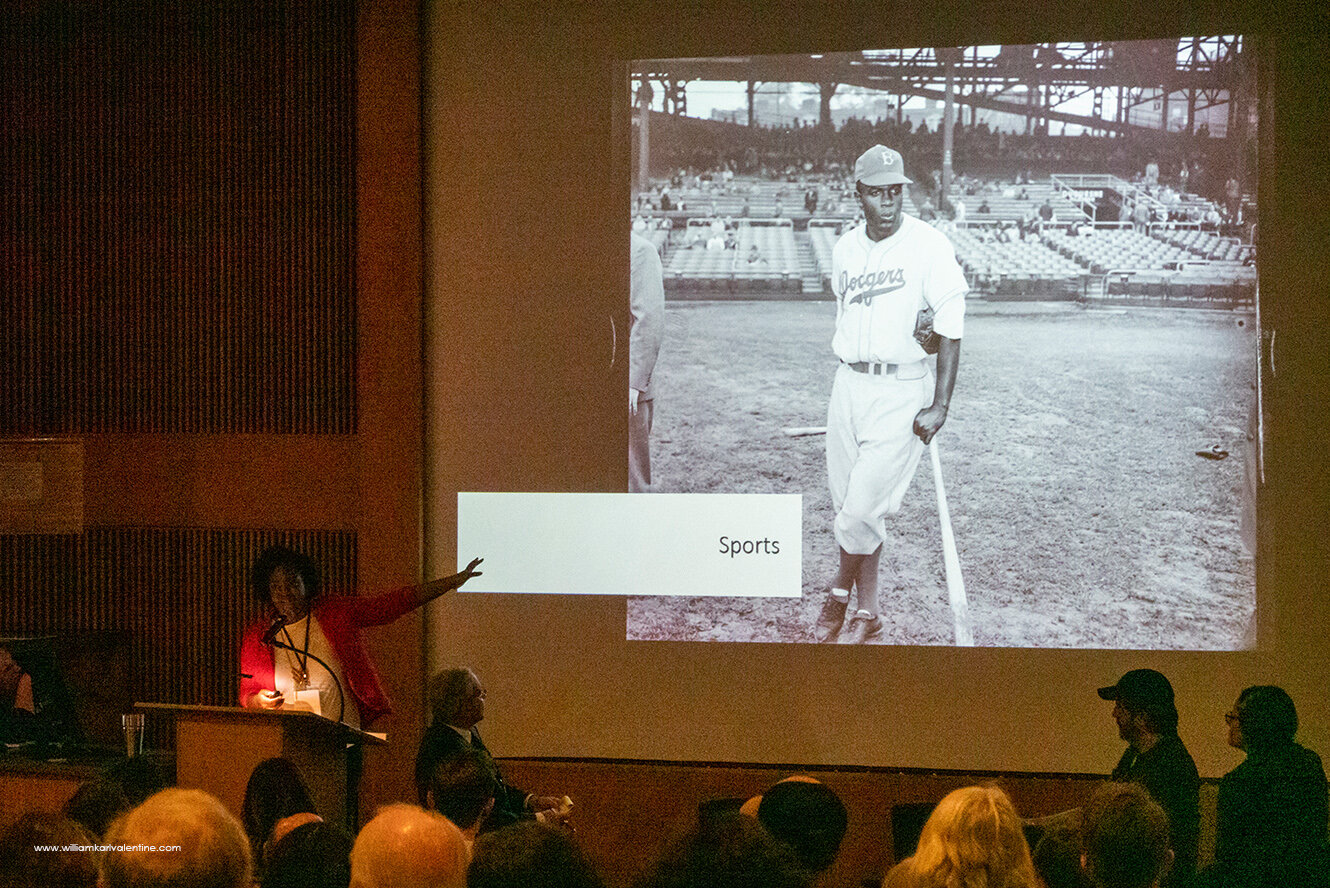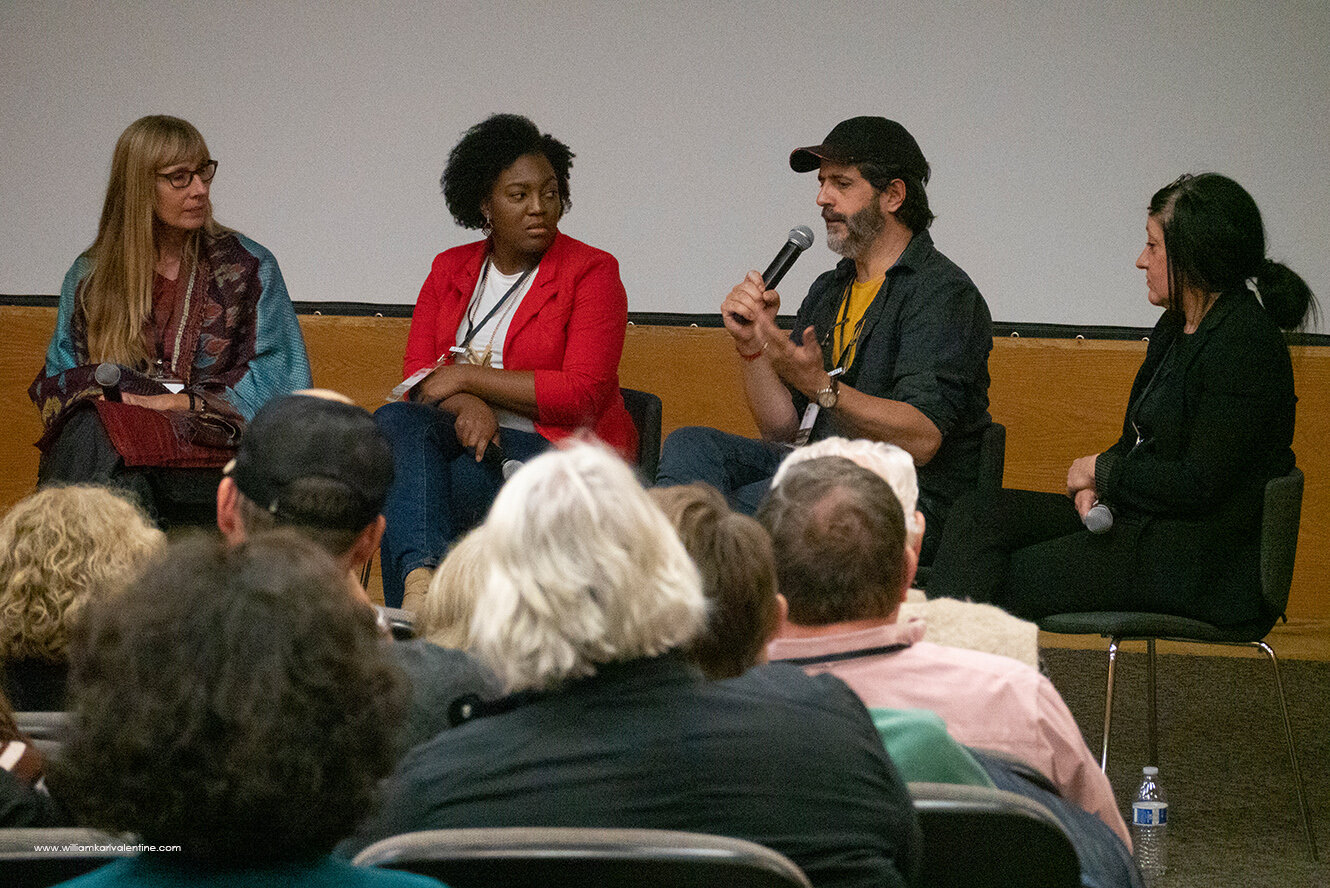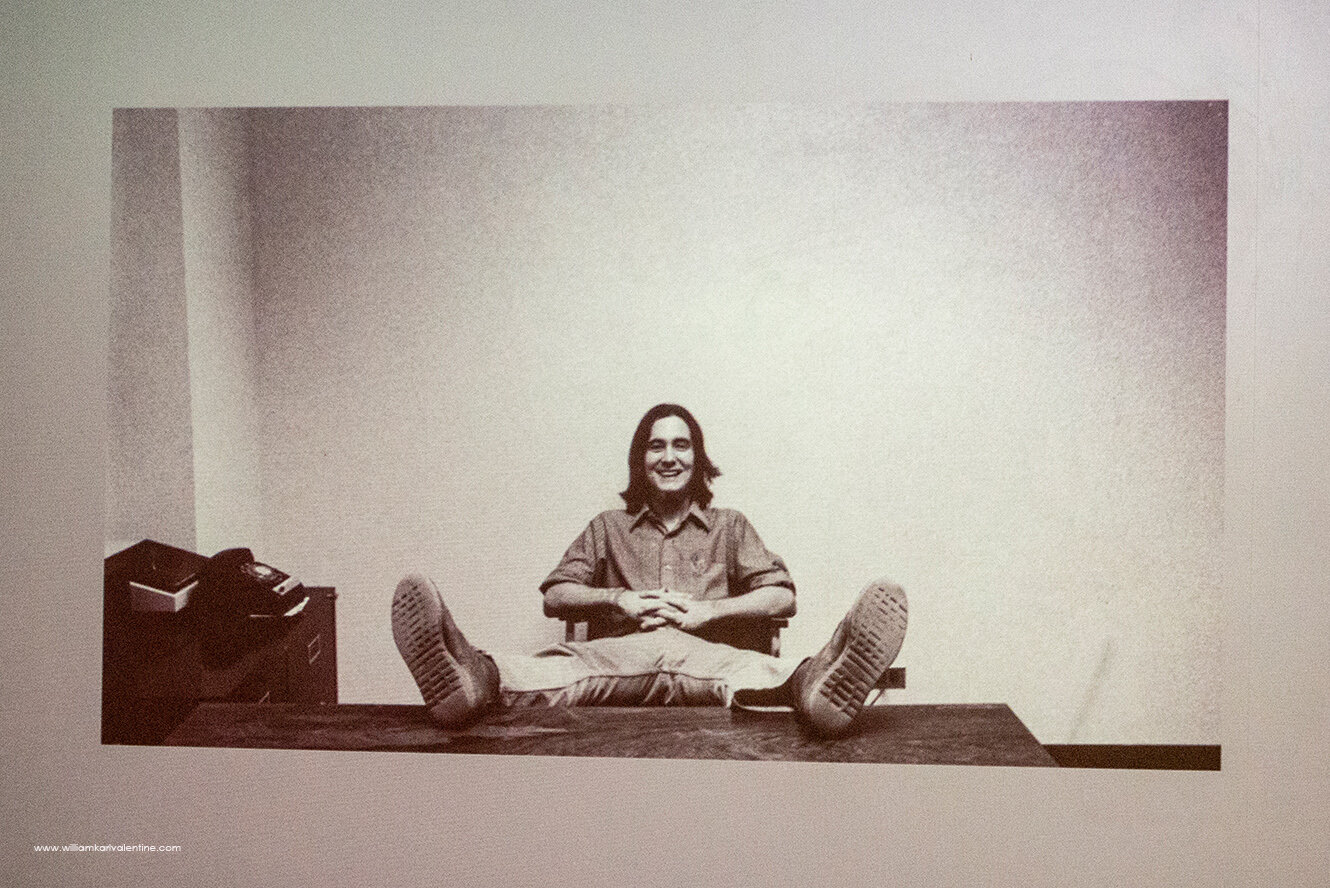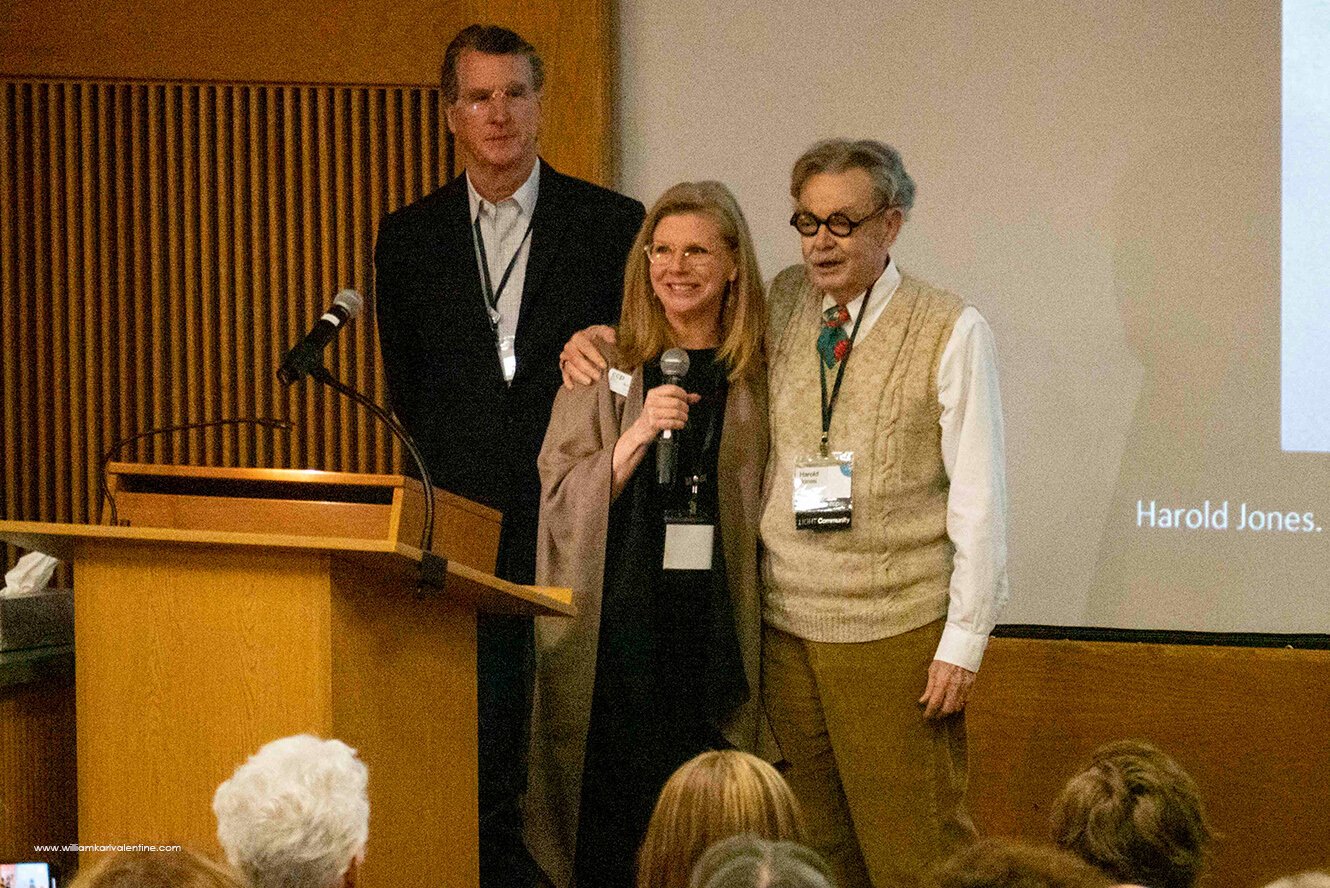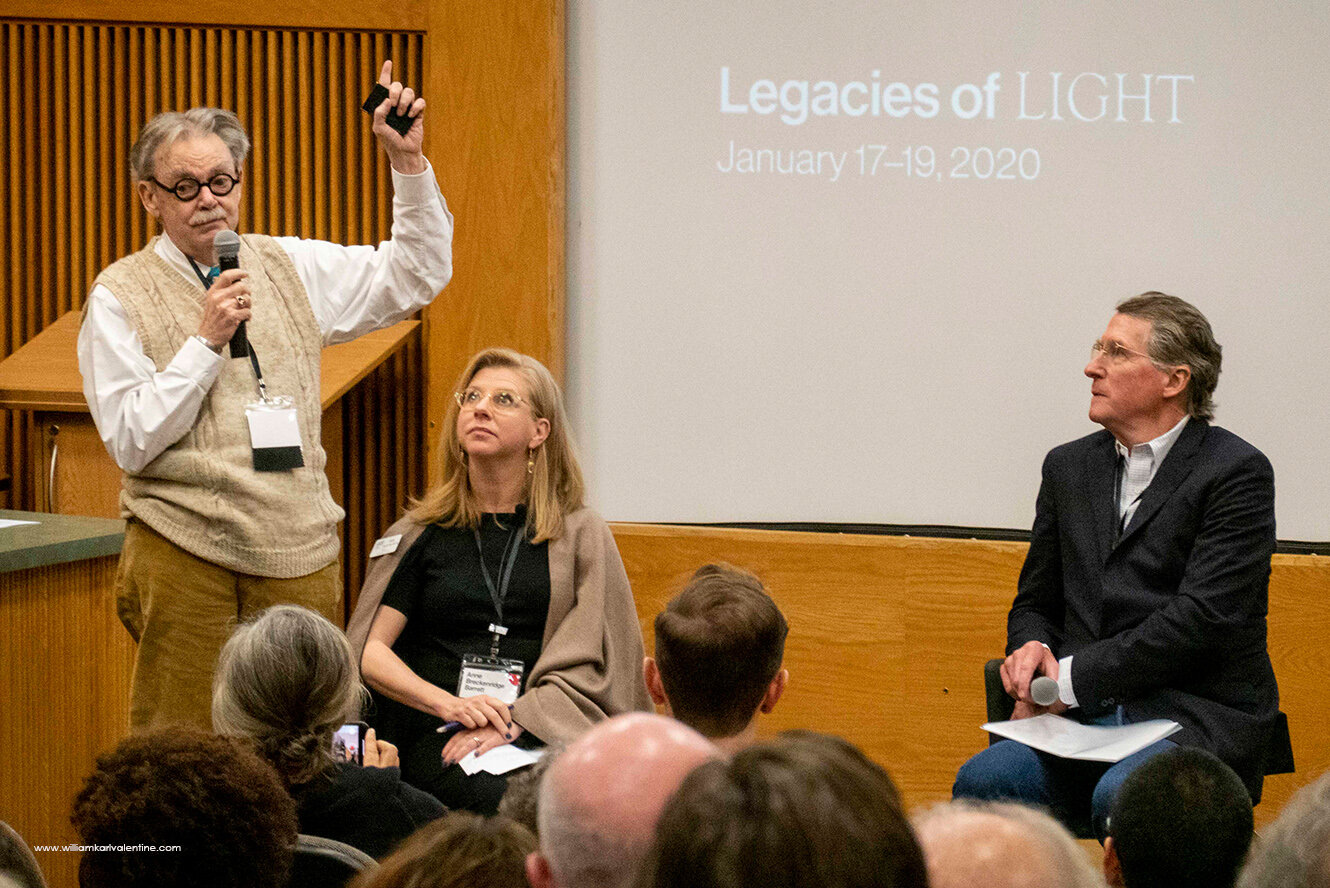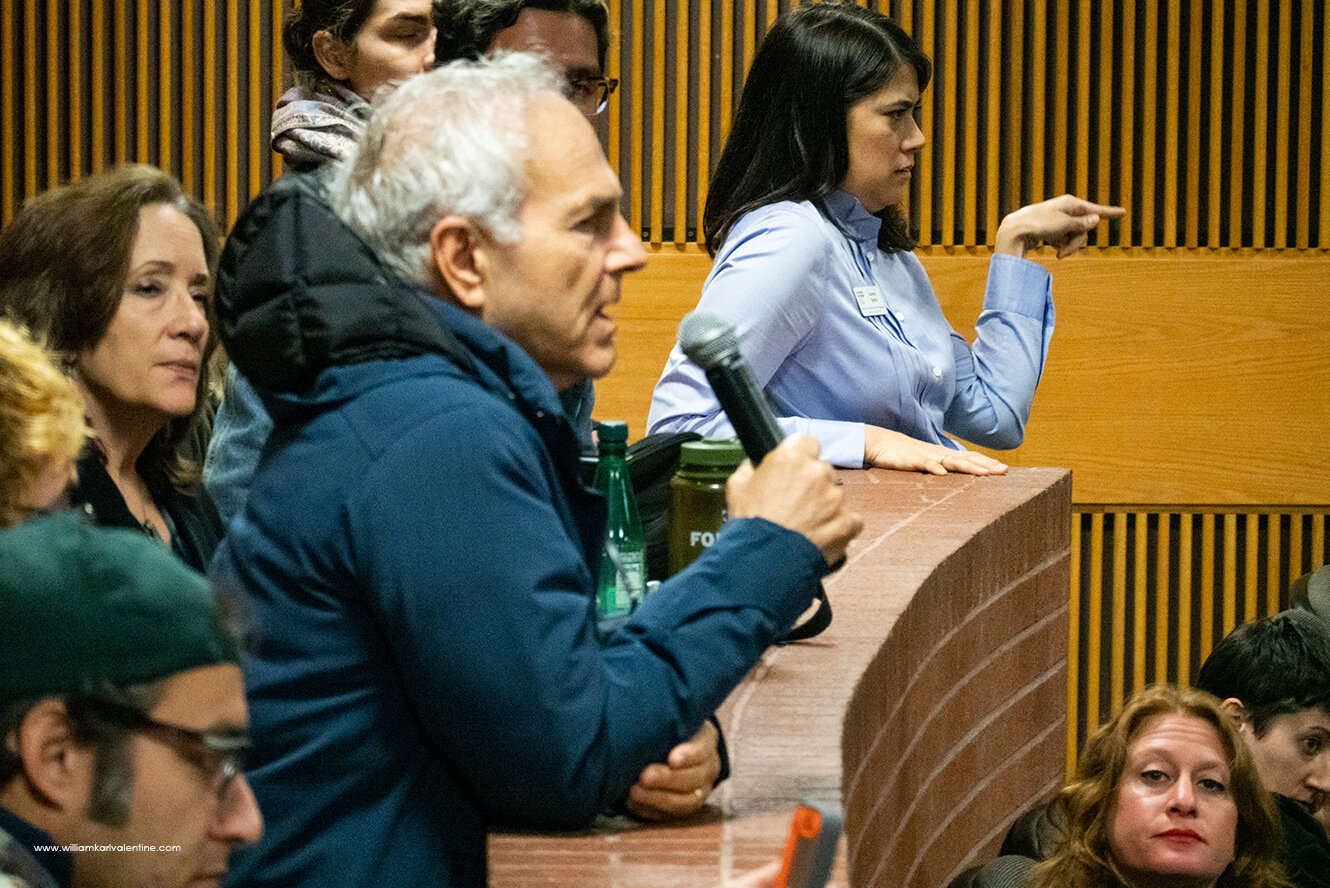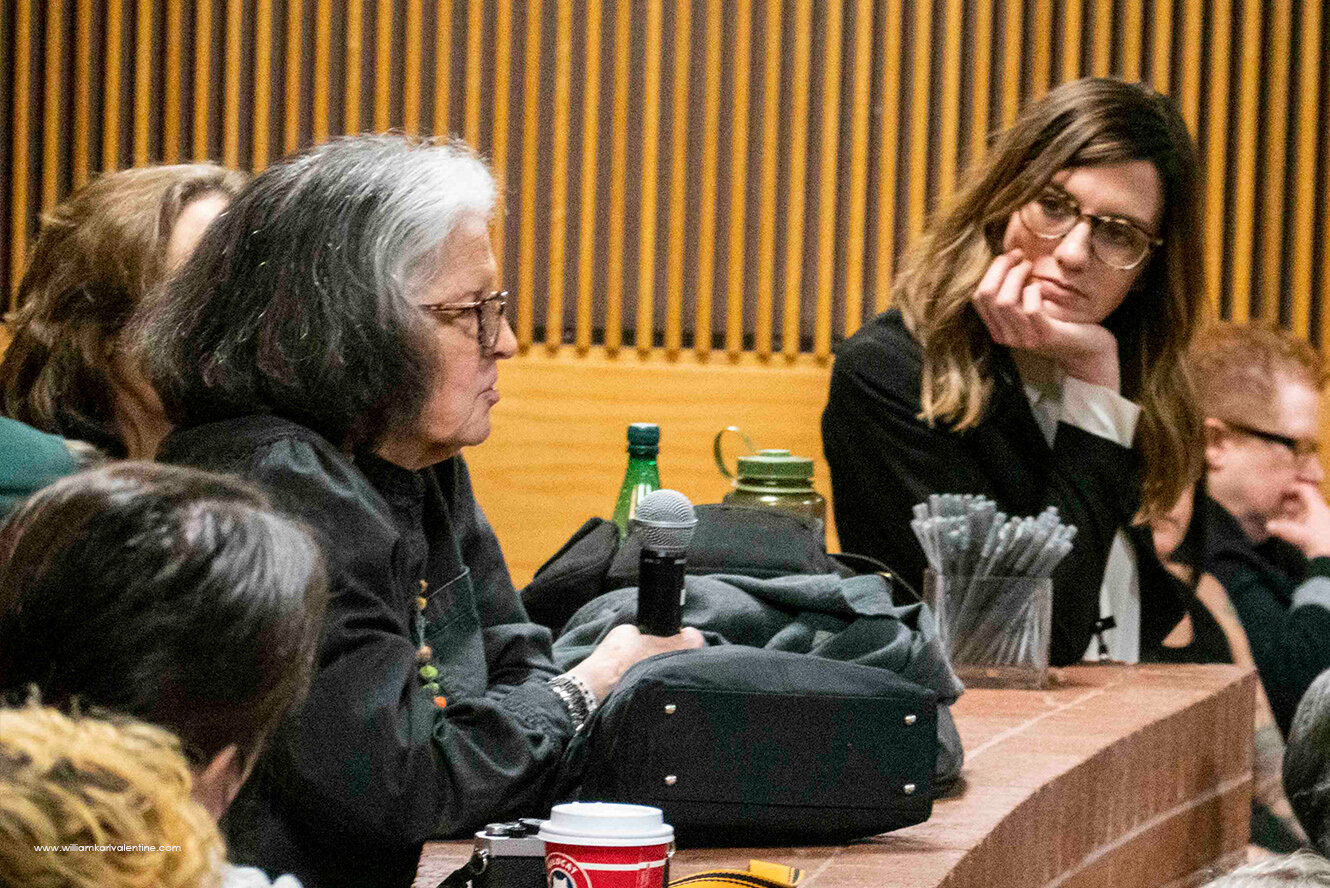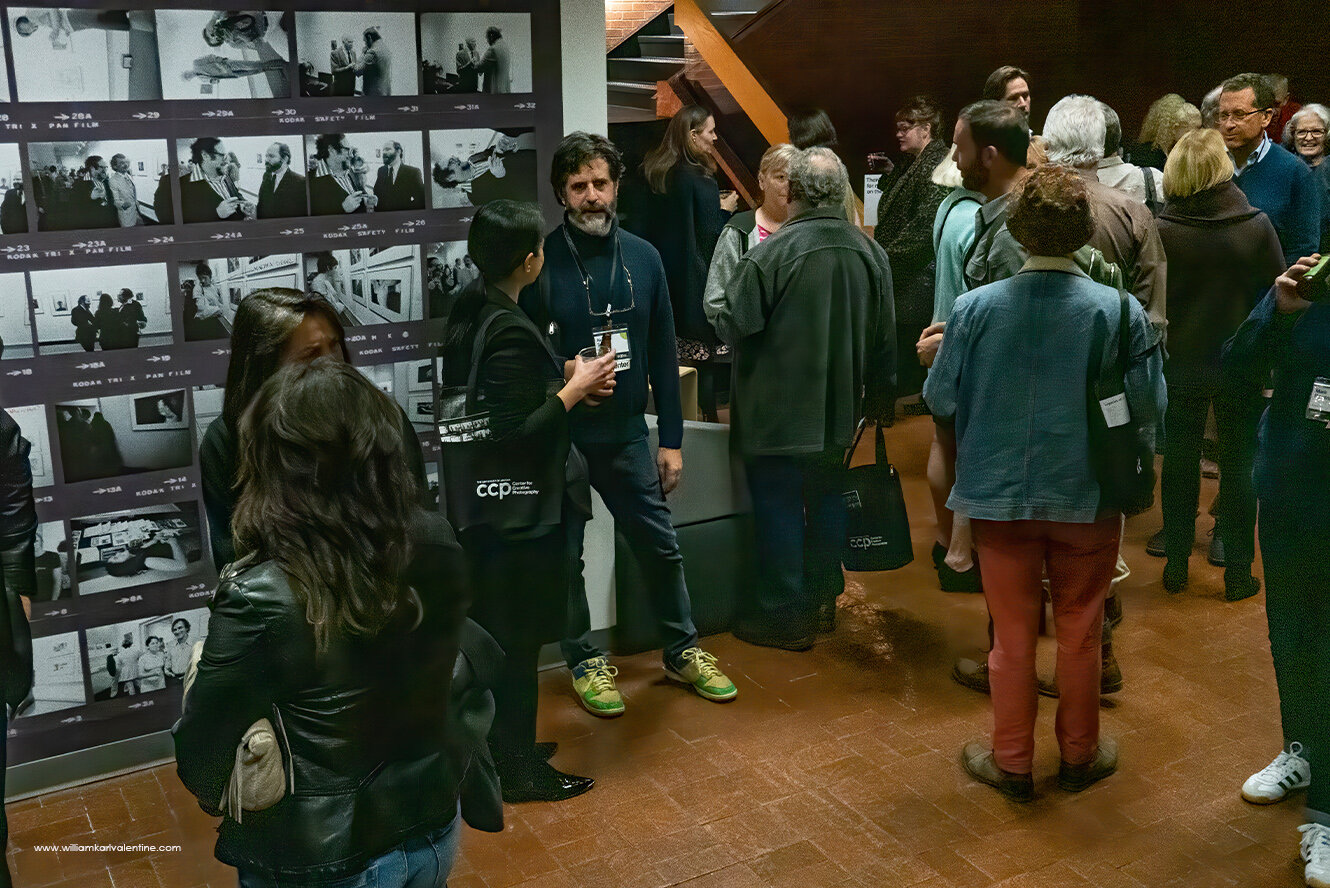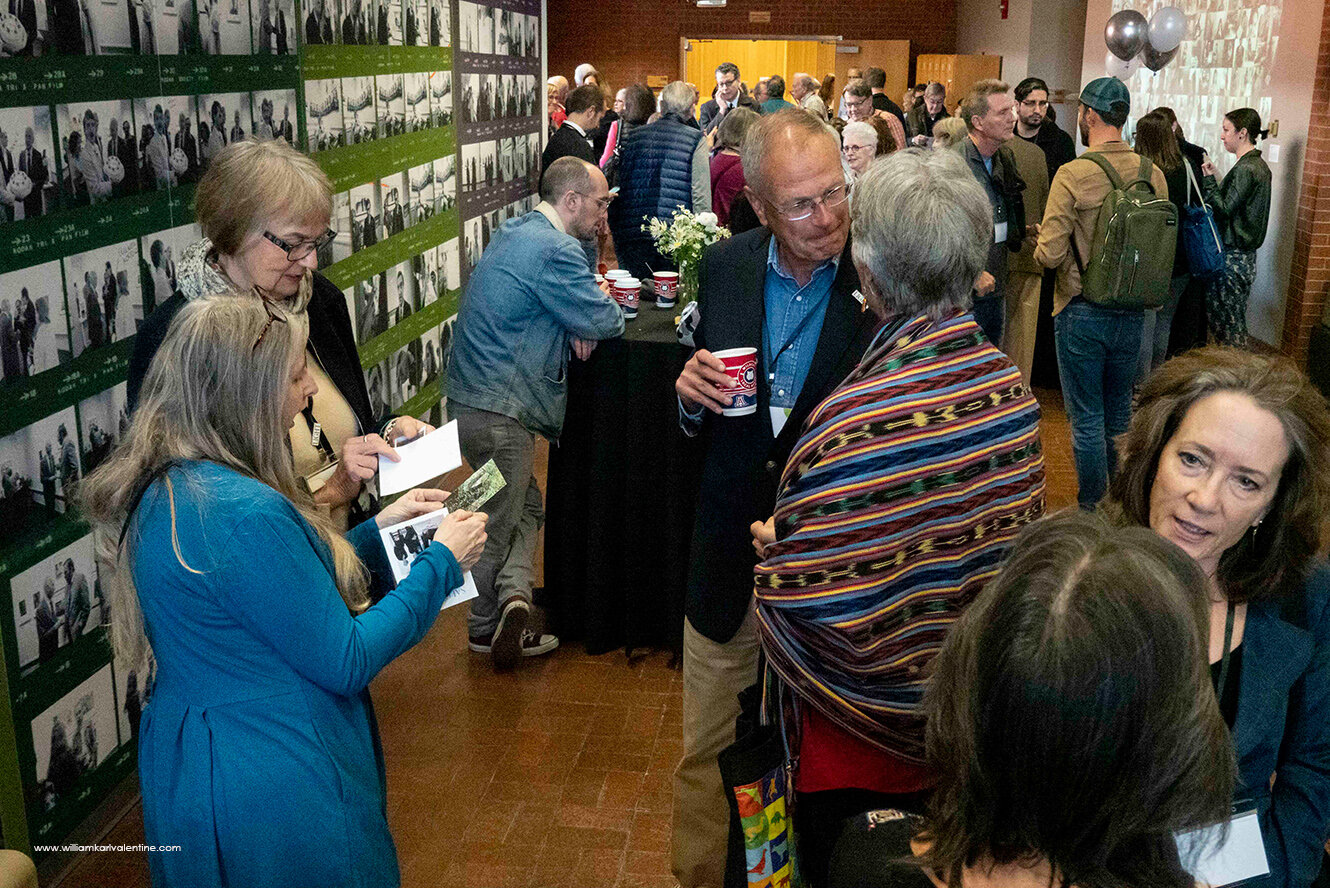Spring Training then was nothing like it is today. Back then the teams didn’t count on the games as revenue sources like they do today. Teams seemed happy with whatever ticket sales they picked up to cover some of the training costs, it wasn’t a production like it is now. Most tickets were $5, the stadiums were very simple, and they would even let you bring in your own coolers of beer. When we went to see the Cubs at HoHoKam Park we sat right under the press box, behind home plate, and we could literally stand up on the bench seating and talk to the announcers who were eye level on the other side of their worktables (as you can see with the lead photograph of this post). We sat there specifically to be close to the legendary announcer Harry Caray who was starting his second season calling Cubs games. We infuriated long time Cubs radio broadcaster Lou Boudreau by asking him to get Harry’s attention for us. Lou was already in the Hall of Fame as a player by then and he hated the fact we were more interested in Harry than him. Lou was also probably upset that we had passed a few Budweisers from our cooler to Harry by then too; he wasn’t supposed to drink during the game but then it was Harry. Harry was famous for leading the crowds in the singing of the 7th Inning Stretch, especially since joining the Cubs in Wrigley. Harry was not supposed to lead the crowd during that spring training game, but everyone encouraged him to sing it and he did. Afterword he leaned over towards our section and said “I remember the first time they asked me to sing the 7th inning stretch in Comiskey (The White Sox home park, Harry had called White Sox games for ten years before joining the Cubs and the White Sox started the tradition of Harry singing the stretch). They asked me what “key” I wanted it in, and I told them the only “key” I’m familiar with is “whiskey”!” Then he bellowed out laughing with the rest of us. Access to the players and personalities back then is what made Cactus League so special. It was an epic road trip at the start of my love for the Cactus League.
I transferred to Arizona State University in 1984 and spent each March I was in school going to as many Cactus League games as I could. Being a photography major I started to photograph games as another school project, a portfolio that now documents 40 years. Things were so relaxed then that I often would be able to put my 500 mm Mirror lens on a monopod and just walk out on to the field and photograph from the photography wells without anyone questioning me. At Scottsdale Stadium when games were over-sold, they even let fans sit on the field in foul territory beyond the bullpen mounds. It would never happen in today’s world but back then the fence for the stands was only about three feet tall and no one cared. People respected the players, and no one was on a cellphone, so people paid attention to the game. One day the Giants Assistant Director of Public Relations Dave Aust finally noticed me on the field and asked who I was and how I got there. I told him I was a student at ASU documenting Cactus League games, and I didn’t really admit that I knew I wasn’t supposed to be on the field. Dave got me off the field but told me to meet him at his office before the next game. Dave was just starting out in his career, we talked, and I think he respected how hard it was to get established and he liked the idea of my project. He issued me a photo credential for the rest of the season and for a couple years after that too. Tempe Diablo Stadium was another favorite of mine when I was in school because they always left the service gate on the third base side unlocked so I never had to pay for games there. A plus being a college student needing all the extra cash I had to buy film and paper.
When I was photographing Cactus League in the mid 1980’s there were only 8 teams that I remember. In the Phoenix area the Oakland A’s played at Phoenix Municipal, the Milwaukee Brewers were at Compadre Stadium in Chandler, The Chicago Cubs were at HoHoKam in Mesa, the Seattle Mariners at Tempe Diablo, and the Giants were at Scottsdale Stadium. The San Diego Padres were in Yuma, Arizona, the Cleveland Indians were in Tucson, and the California Angels were still based in Palm Springs, California. Today there are 16 teams in the Cactus League, playing in 10 state of the art Phoenix area facilities. Scottsdale Stadium, originally built in 1956, was rebuild in 1992 and Tempe Diablo Stadium, built in 1969, are the only two remaining Cactus League parks from when I started (Phoenix Municipal still exists but it is now the home of ASU Baseball). Modernization of the Cactus League really began in 1994 with the opening of the Peoria Sports Complex for the Seattle Mariners and San Diego Padres. Peoria is still a great facility to watch baseball in, and probably has the friendliest staff. Most all the stadiums are surrounded by multiple training fields and training facilities now. The newest stadium is Sloan Park, the Chicago Cubs home in Mesa, which opened in 2014.
I see Baseball as a Metaphor for American Society, that is one of the reasons I like photographing it so much. Spring Training is baseball in its purest form. You have the current players getting prepared for the season, aging stars trying to find one of those last roster spots, and young players chasing the dream to get to “The Show”. It is a rebirth, signaling that the new season approaches. It is casual experience for the fans, since all games don’t count, it is easy for spectators to relax and just enjoy being at a ballpark. A popular component of every stadium now is lawn seating beyond the outfield fences. Players have more time to interact with fans and don’t have the demands of the regular season schedule. It is unfortunately changing though, as is our society. Safety netting at Camelback Ranch, the Dodgers and White Sox home stadium, now goes the entire length of the field so the interaction between fans and players is harder now. I assume attorneys worried of liabilities championed changes like this, but then when I see how many people attend games now with the eyes glued to their cellphones, I guess I can understand the reasoning. Pricing has also changed, and Spring Training is now as much of a business venture as the regular season is. I am admittedly a romantic and I not usually a fan of change. My Cactus League portfolio has documented these changes fairly well, and because baseball is such an integral part of American society I think this portfolio also speaks to the changes in our society these past 40 years.
Even though Spring Training was cut short this year with the MLB lockout, I made it out to Phoenix last week to photograph a couple days of Cactus League games in honor of both anniversaries. Included below in this blog are a selection of my photographs from the trip. I also authored this post honor of Major League Baseball’s Opening Day yesterday.


























